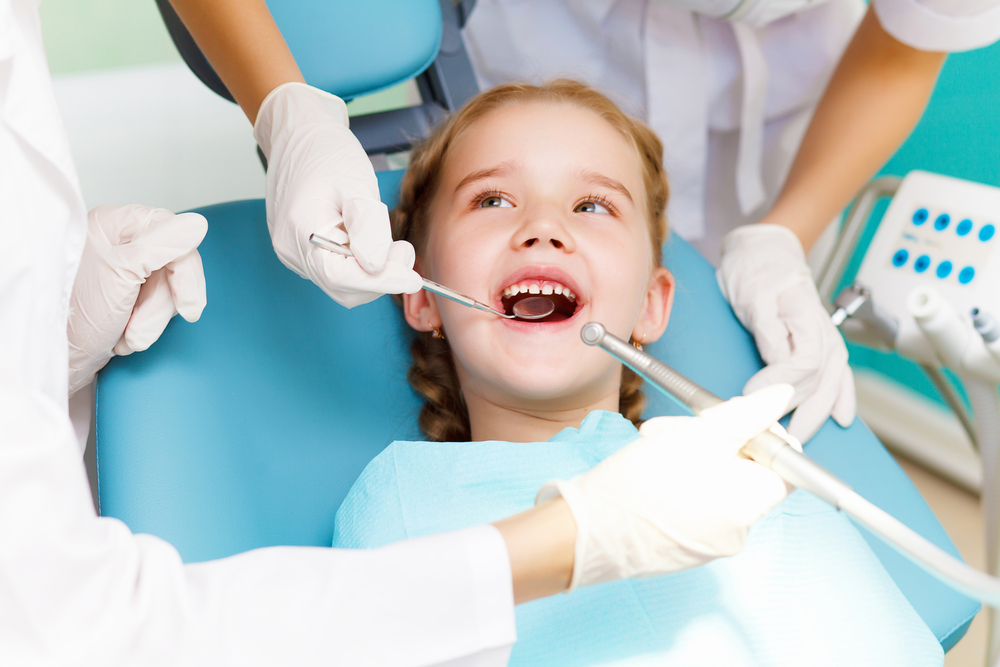Basic dental care includes brushing and flossing your teeth consistently, seeing your dentist regularly for checkups and cleanings, and eating a healthy diet, which implies foods like grains, vegetables and fruits, and dairy products.
Most dental and oral issues can be avoided with basic dental care. You’ll likely have at least one dental issue during your lifetime.
Cavities
Cavities are additionally called caries or tooth decay. These are zones of the tooth that have been damaged and may even have openings in them. Cavities are common. They happen when microbes, food, and acids coat your teeth and create plaque.
Gum disease
Gum illness or gum disease is irritation of the gums. It’s normally the consequence of plaque developing on your teeth because of poor brushing and flossing propensities. Gum disease can make your gums swell and drain when you brush or floss. Untreated gum disease can prompt periodontitis, a more genuine contamination.
Periodontitis
As periodontitis advances, the infection can spread to your jaw and bones. It can likewise cause an inflammatory reaction all through the body.
Cracked or broken teeth
A tooth can split or break from damage to the mouth, biting hard food, or grinding teeth around evening time. A broken tooth can be exceptionally painful. You should visit your dentist immediately if you’ve split or broken a tooth.
Sensitive teeth
If you have sensitive teeth, you may feel pain after eating or drinking cool or hot food or drinks.
Diagnosis
Do not wait for symptoms before you visit your dentist. Heading off to the dentist two times every year will enable them to diagnose an issue before you even notice any symptoms.
If you encounter any of the following symptoms of dental problems, you should make an arrangement to see your dentist immediately.
- Ulcers or sores in the mouth
- Bleeding or swollen gums
- Long-term bad breath
- Sudden sensitivity to hot and cold temperatures
- Pain or toothache
- Loose teeth
- Receding gums
- Pain with chewing or biting
- Swelling of the face and cheek
- Clicking of the jaw
- Cracked or broken teeth
- Frequent dry mouth
Most dental and oral issues can be diagnosed during a dental exam. During an exam, your dentist will examine your teeth, mouth, throat, tongue, cheeks, jaw and neck.
Your dentist may tap or rub at your teeth with different apparatuses or instruments to help with a finding. The technician will take dental X-rays of your mouth, trying to get a picture of your teeth. Make certain to tell your dentist in case you’re pregnant. Ladies who are pregnant shouldn’t have X-rays.
A probe can be used to gauge your gum pockets. This little ruler can tell your dentist if you have gum infection or receding gums. In a healthy mouth, the depth of the pockets between the teeth are more often in the range of 1 and 3 millimeters (mm). Any estimation higher than that may mean you have gum disease.
Treatment
Professionally, there are four fundamental approaches to manage dental caries. These treatments are done by a dentist who can treat the damage brought about by dental caries:
- Fillings
- Crowns
- Root Canal
- Extraction


